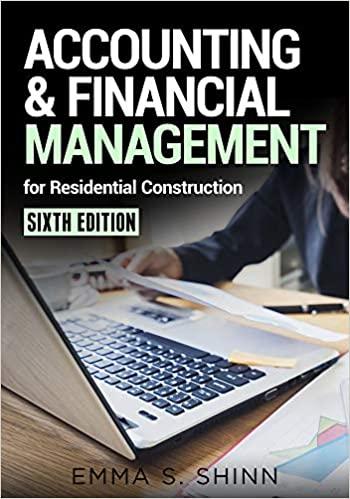The following financial statements apply to Karl Company Year 1 Year 2 436,000 360,000 252,000 42,000 22,00 6,000 42,000 364,000 $ 72,990 286,800 38,800 20,000 6,800 36.000 386,000 $ 54,888 Revenues Expenses Cost of goods sold Selling expenses General and administrative expenses Interest expense Income tax expense Total expenses Net income Assets Current assets Cash Marketable securities Accounts receivable Inventories Prepaid expenses Total current assets plant and equipment (net) Intangibles Total assets Liabilities and Stockholders' Equity Liabilities Current liabilities Accounts payable Other Total current liabilities Bonds payable Total liabilities Stockholders' equity Common stock (100,000 shares) Retained earnings Total stockholders equity Total liabilities and stockholders equity $ 74,000 2,000 70,000 200,000 6,000 352,000 210,000 40,000 5602, 80e $ 84,000 2,000 64,000 192,000 4,000 346, eee 210,000 $556,800 $ 80,000 34,00 114,000 132.000 246,000 $168,000 38,00 138,000 134,000 272,000 238,000 126,00 356,000 $602,000 230,000 54,000 284,000 $556, Bee Required Calculate the following ratios for Year 1 and Year 2. Since opening balance numbers are no calculating the ratios for Year 1. Instead, use the number presented on the Year 1 balances pe here to search o w Required Calculate the following ratios for Year 1 and Year 2. Since opening balance numbers are not presented do not use averages when calculating the ratios for Year 1. Instead, use the number presented on the Year 1 balance sheet 2. Net margin (Round your answers to 2 decimal places.) b. Return on investment (Round your answers to 2 decimal places.) c. Return on equity (Round your answers to 2 decimal places.) d. Earnings per share. (Round your answers to 2 decimal places.) e. Price-earnings ratio (market prices at the end of Year 1 and Year 2 were $11.88 and $9.54, respectively) (Round your intermediate calculations and final answers to 2 decimal places.) f. Book value per share of common stock. (Round your answers to 2 decimal places.) 9. Times interest eamed. (Round your answers to 2 decimal places.) h. Working capital L Current ratio (Round your answers to 2 decimal places.) 1. Quick (acid-test) ratio (Round your answers to 2 decimal places.) k. Accounts receivable turnover (Round your answers to 2 decimal places.) 1. Inventory turnover. (Round your answers to 2 decimal places.) m. Debt-to-equity ratio (Round your answers to 2 decimal places.) n. Debt-to-assets ratio (Round your answers to the nearest whole percent.) Year R times times Netmargin b Rotum on investment c Relum on equity d Earings per share e Price-camnings ratio 1. Book value per share of common stock 9 Times interesteamed Working capital Current ratio 1 Quick (acid-testato Accounts receivable turnover Inventory tumover m Debt-to-equity ratio Debt-to-assets ratio times times times limes times times








